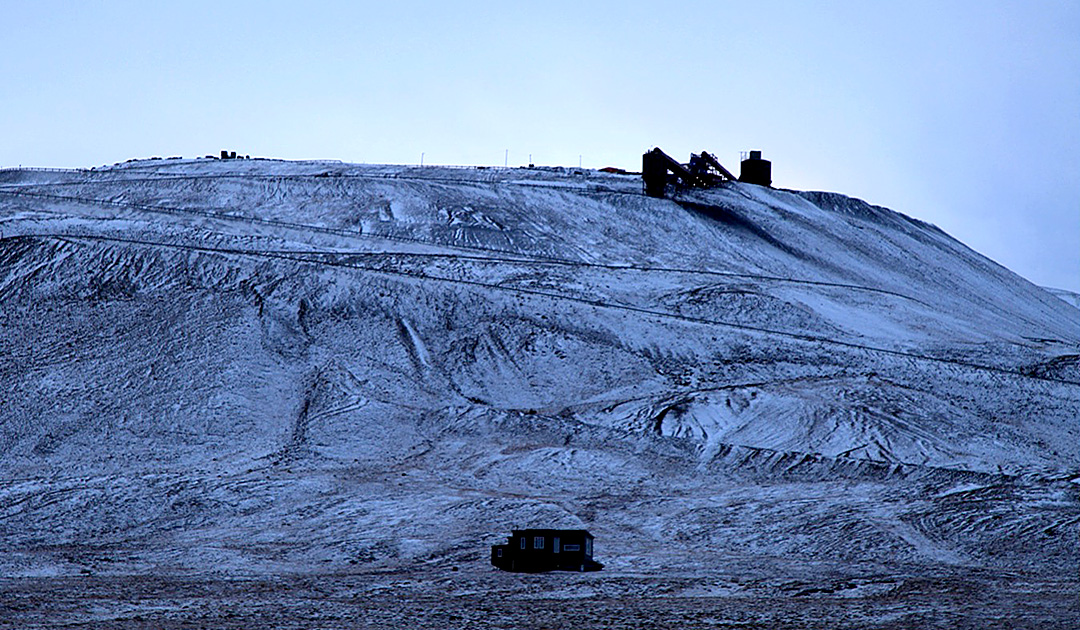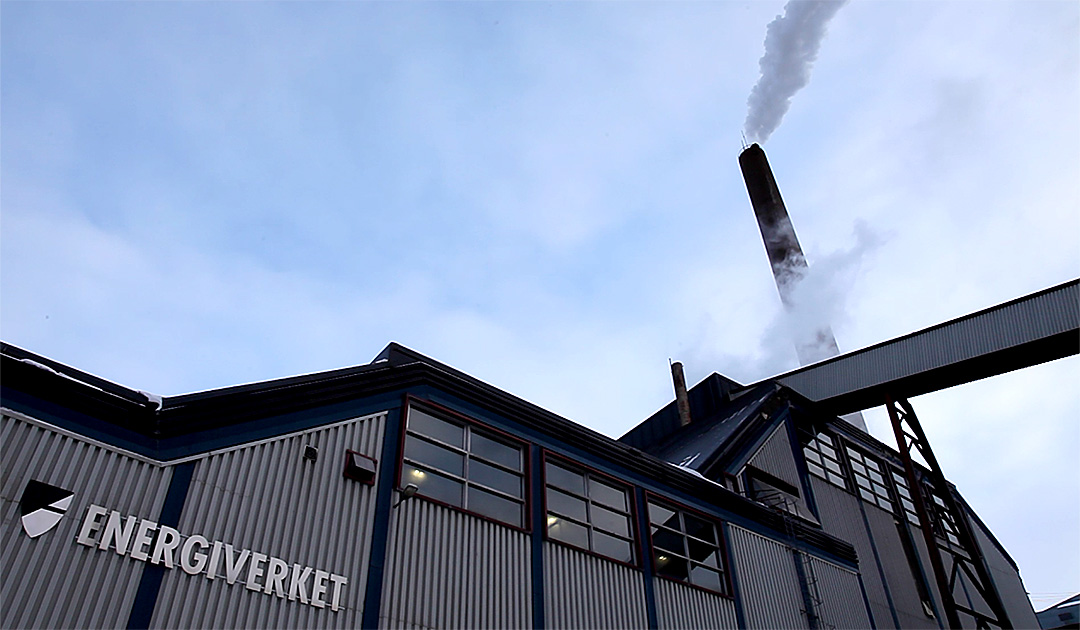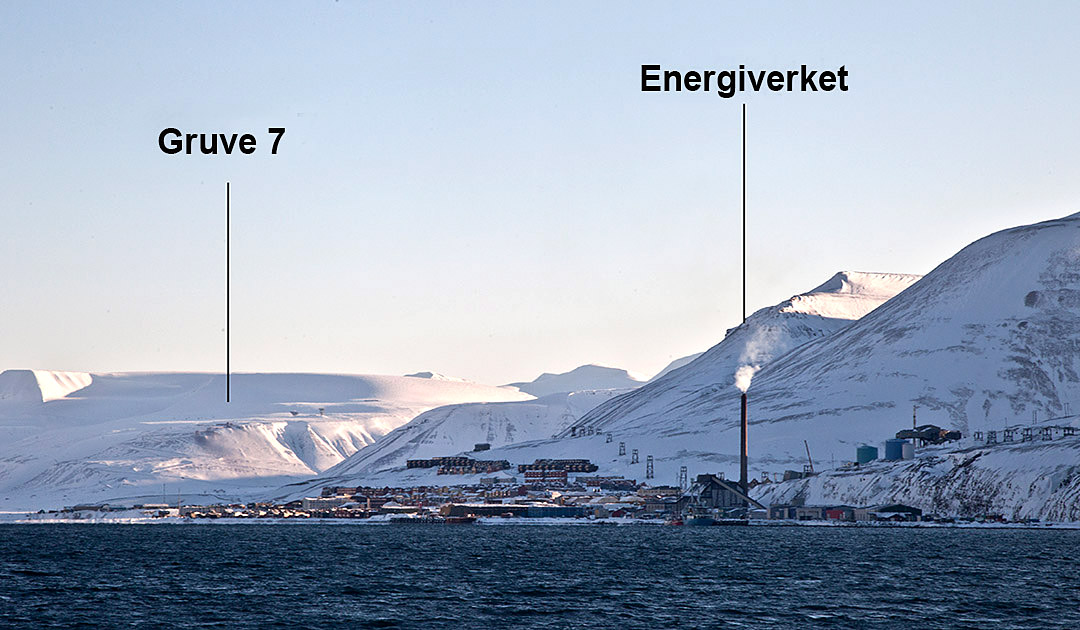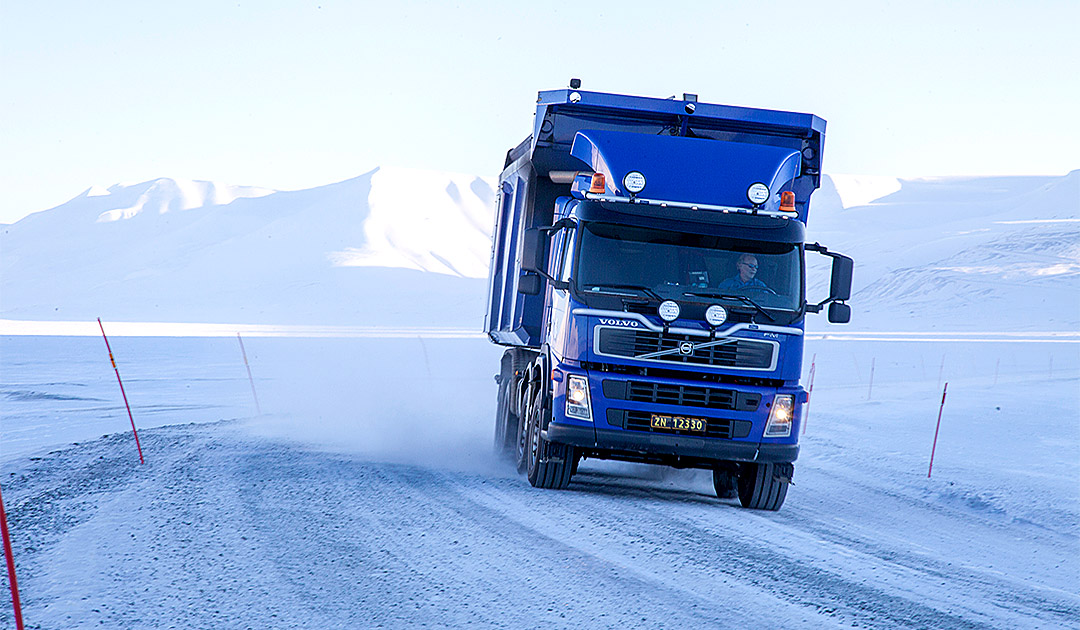
Coal production on Svalbard will cease in 2023. Gruve 7 is the last mine of Norway’s state-owned coal company still producing coal. This is what our local correspondent, Marcel Schütz, told us on Thursday. As a side effect, the loss of 80 jobs and the end of 120 years of coal production are to be deplored.

The board of Store Norske, which owns the mine, has set an end date of September 23, 2023 for Norwegian coal production. The management criticizes that jobs will be lost in the process, but that the company would rather focus on new jobs in the field of renewable energies.
Store Norske Spitsbergen Kullkompani (SNSK) has closed its large mines on Spitsbergen over the last two decades. Only production in the smaller Gruve 7 was kept open, mainly to ensure supply to the local coal power plant. A small part of the coal was exported.
The Longyear coal-fired power plant is the only coal-fired power plant in Norway. The power plant, built in 1983, supplies district heating and electrical energy to the town of Longyearbyen. The coal required for the operation of the power plant is extracted from Gruve 7.

Approximately 25,000 tons of hard coal are burned in the coal-fired power plant per year, which corresponds to about one-third to one-half of the amount of coal mined from Gruve 7. The coal-fired power plant supplies energy not only to the town of Longyearbyen but also to all the surrounding facilities such as the coal mine and Longyearbyen Airport.
The Longyearbyen municipality’s notice to supply coal followed the announcement that the power plant will temporarily switch its energy source to diesel in 2023. The establishment of a permanent renewable power supply is in preparation. This will eliminate the need for a local coal supply, SNSK said.

The director of Store Norske, Jan Morten Ertsaas, believes it is no longer financially viable to operate Gruve 7 in Longyearbyen. “We have decided to stop mining when the power plant in Longyearbyen no longer needs coal,” Ertsaas says.
In the meantime, Gruve 7 will ramp up production from the current 90,000 tonnes to 125,000 tonnes per year to take advantage of high world prices and boost exports for the remaining two years. However, this is not enough to keep Gruve 7 alive without government support.
Also, today’s production volumes are insignificant compared to SNSK’s historical production of several million tonnes per year in earlier times.
Russia operates a coal mine in its Barentsburg settlement, which supplies a local power plant.
Heiner Kubny, PolarJournal





